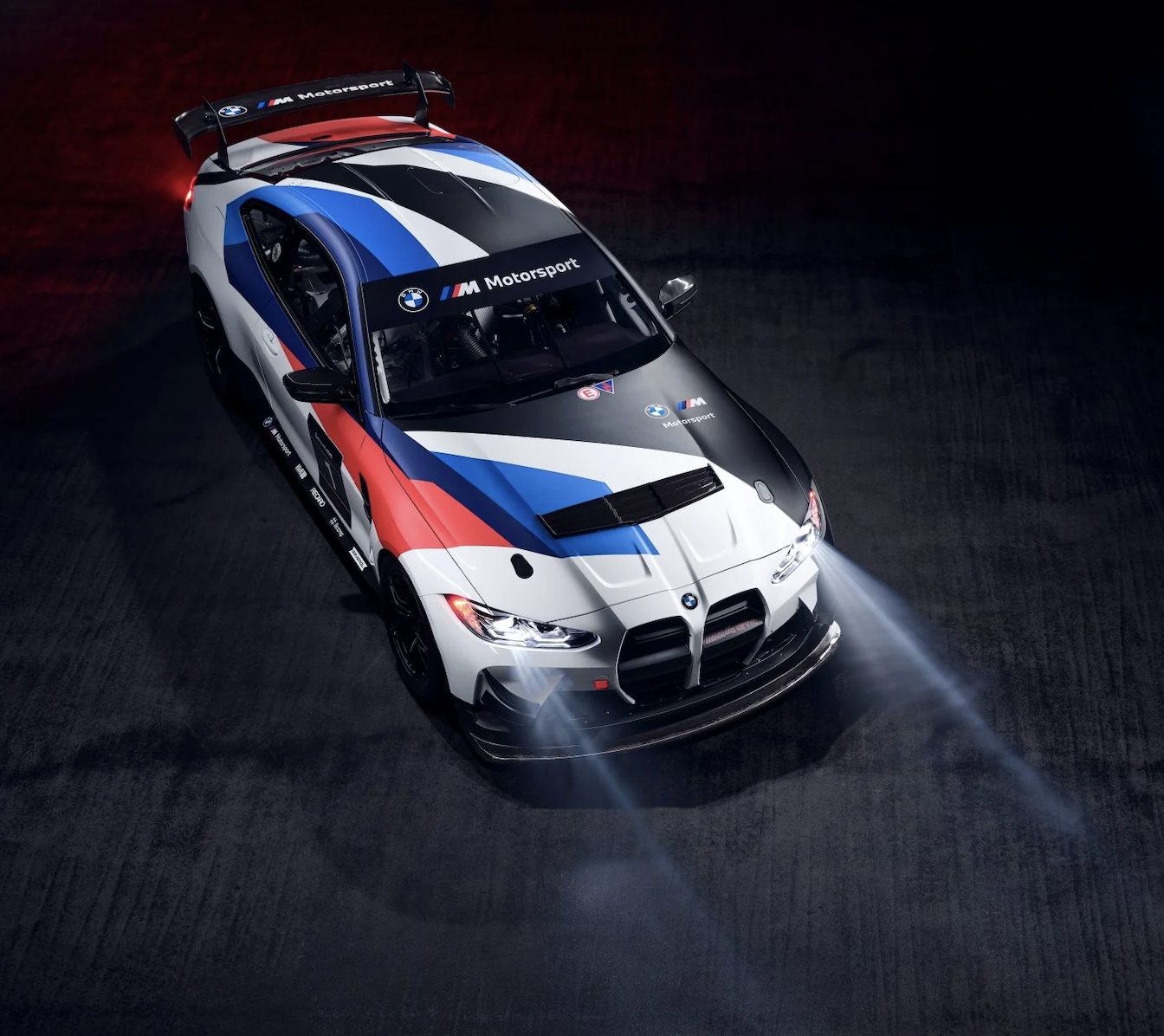Currently, most automobiles have a variety of drive modes that allow them to be adjusted to various driving situations, but a recent patent application from BMW indicates the upcoming generation of electric vehicles may be much more adaptable. BMW is creating a system that will enable drivers to customize their ideal driving experiences by altering particular aspects of the powertrain, such as acceleration curves and throttle mapping, as was first reported by Carbuzz.
Although these same factors may be changed by the driving modes now used in all types of automobiles, the degree of flexibility is normally specified by the programming of each mode. For instance, Comfort mode will reduce the throttle response while Sport mode would increase it in a way that has been predetermined by the carmaker. However, there is no adjustment between the two preset settings.
However, the proposed BMW system effectively transforms the driver into the programmer by enabling fine modifications to each component regardless of the selected drive mode. Only electric motors allow for this level of customization because they allow for “much finer and in particular much more flexible power development than in the case of internal combustion engines,” as BMW says in the patent filing.
Two Movable Graphs: Speed Curve And Acceleration Curve
The speed curve and acceleration curve are two movable graphs that serve as the foundation for the customizable propulsion parameters. The former enables direct mapping of the throttle position to speed. For instance, the driver might set the vehicle to travel at 40 mph while only using 30 percent of the throttle. On the other hand, the acceleration curve correlates the throttle input to the torque output. In this situation, a driver may set the throttle so that 50% throttle would result in 50% acceleration, thereby altering how aggressively the automobile reacts to inputs to control how sensitive the throttle pedal is.
According to the patent, BMW would provide pre-made graphs with linear or exponential curves as well as the option to adjust the curves by moving certain points up and down. Throttle inputs would govern both the vehicle’s overall speed and how quickly it accelerates. The two curves would combine to provide a wide range of distinct behaviors.
